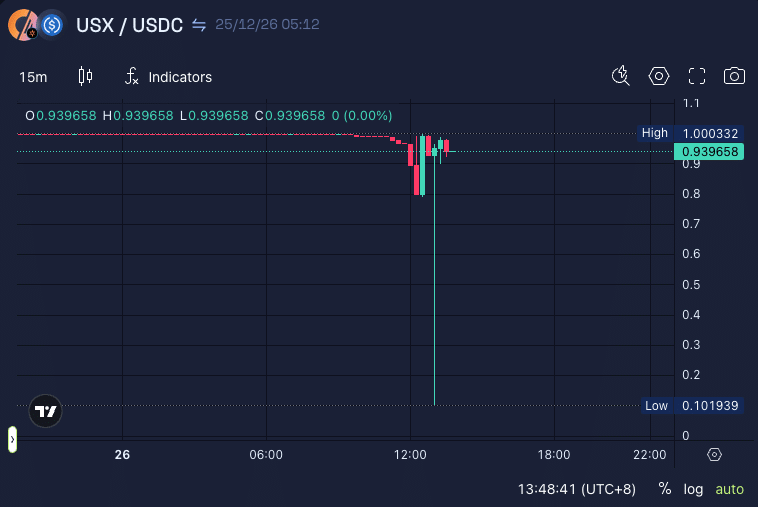Google Researchers Tout ‘Quantum Money,’ Detailing Central Bank Rival To Bitcoin and Crypto Assets
Researchers at Google Quantum AI are outlining the potential for “quantum money.”
According to a new research report, quantum computers could one day power tokens that can’t be copied and protect user privacy.
The paper revives a 50-year-old concept to create currency secured by physics, not code.
The report entitled “Anonymous Quantum Tokens with Classical Verification” leverages the no-cloning theorem of quantum mechanics to power potentially counterfeit-proof coins, allowing single-use tokens with features inherent in Bitcoin and crypto assets – but without the need for blockchain technology.
The no-cloning theorem essentially states that it’s impossible to create an identical copy of an arbitrary unknown quantum state within quantum mechanics.
The tokens would be identical pure quantum states prepared by a central bank using a secret random string, ensuring adversaries cannot clone them due to the no-cloning theorem.
Users would redeem the tokens once by measuring them in the standard quantum basis, generating a unique classical result for the bank to verify.
Security could then hypothetically be backed by quantum mechanics alone, without the need for an extensive computational network to power and verify transactions.
The scheme requires fault-tolerant quantum computers, which major companies like IBM and Quantinuum project to deliver by 2029-2030, leaving the development of full-scale quantum token applications years away from testing.
Featured Image: Shutterstock/Antonov Serg/Nikelser Kate
Disclaimer: The content of this article solely reflects the author's opinion and does not represent the platform in any capacity. This article is not intended to serve as a reference for making investment decisions.
You may also like
Solana’s USX Depeg Sparks Fresh Stablecoin Liquidity Fears

Bitcoin Cash Eyes $680 Breakout After Strong Support Hold
CYC Staking launches a brand-new staking model – AI-powered intelligent multi-chain service, with a reward of 68,890 upon participation.

Russia’s Sberbank eyes crypto-backed loans, says regulatory support will be key
